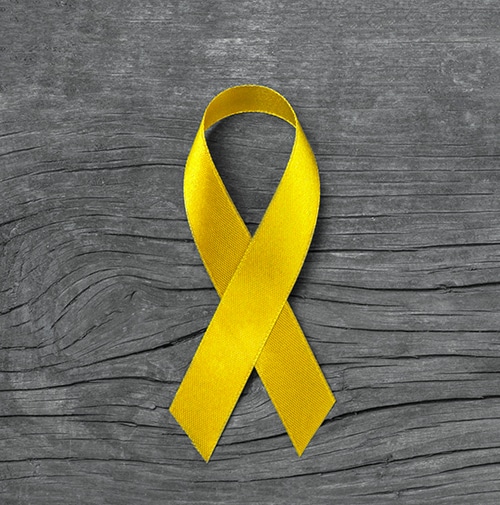Three times as many people die in the UK as a result of suicide than in road traffic accidents. It’s against this background that the National Institute for Health and Care Excellence (or NICE) have issued a consultation document around guidelines for suicide prevention. The purpose of the guideline is to describe ways to reduce deaths by suicide and help people bereaved or affected by suicides. The draft guideline has been out for consultation with a view to publication later in May, and whilst there’s a lot in there around multi-agency strategies, I’ve tried to pick some elements that could be achieved at ground level.
The role of NICE
NICE is a public body but not part of any Government department. It provides national guidance and advice on health and social care. You might be aware that NICE used to stand for National Institute for Clinical Excellence, but since 2013 has had responsibility for advising on social care, hence the change in name (but the acronym has remained the same!). It is officially an England only organisation, but does have agreements with Welsh and Scottish governments to develop and provide guidance in conjunction with them.
Key points
So let’s look at some of the major points of their draft guidance on suicide:
- Support after a suicide – be aware of support available to family and staff affected by suicide. The guidelines point to Public Health England’s booklet Help is at Hand available here
- Suicide awareness – support local initiatives to make people aware of facts about suicide so people are not afraid to seek help. Awareness raising might include discussion and poster campaigns, and thinking about our use of language so staff are discouraged from using insensitive comments about suicide and attempted suicide
- Reducing access to means – this means being aware of national and local policy guidelines about such issues as access to painkillers
- Training – make sure staff working in high risk settings have access to training in suicide prevention. The guidelines talk about identifying gatekeepers who would benefit from training, not necessarily mental health workers but perhaps volunteer care workers or domestic staff coming into contact with people at risk.
- Think about non-clinical interventions – the document points out that many people who commit suicide are not in touch with mental health services. So less formal support networks such as voluntary organisations and telephone helplines are important.
You can view this draft guidance here.




